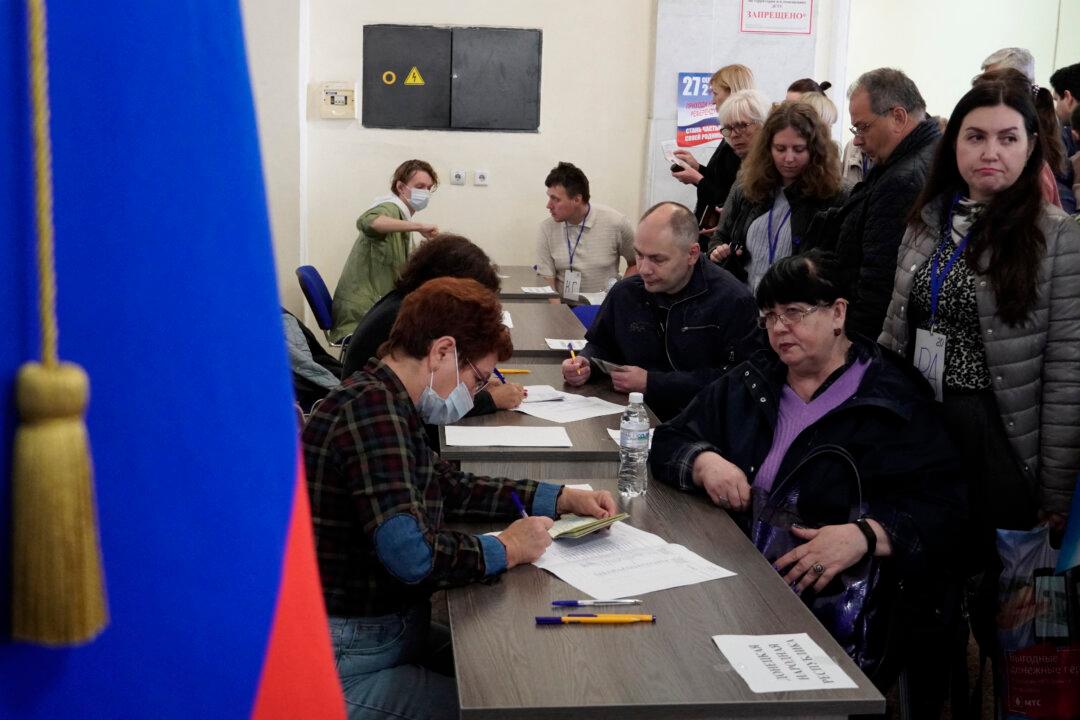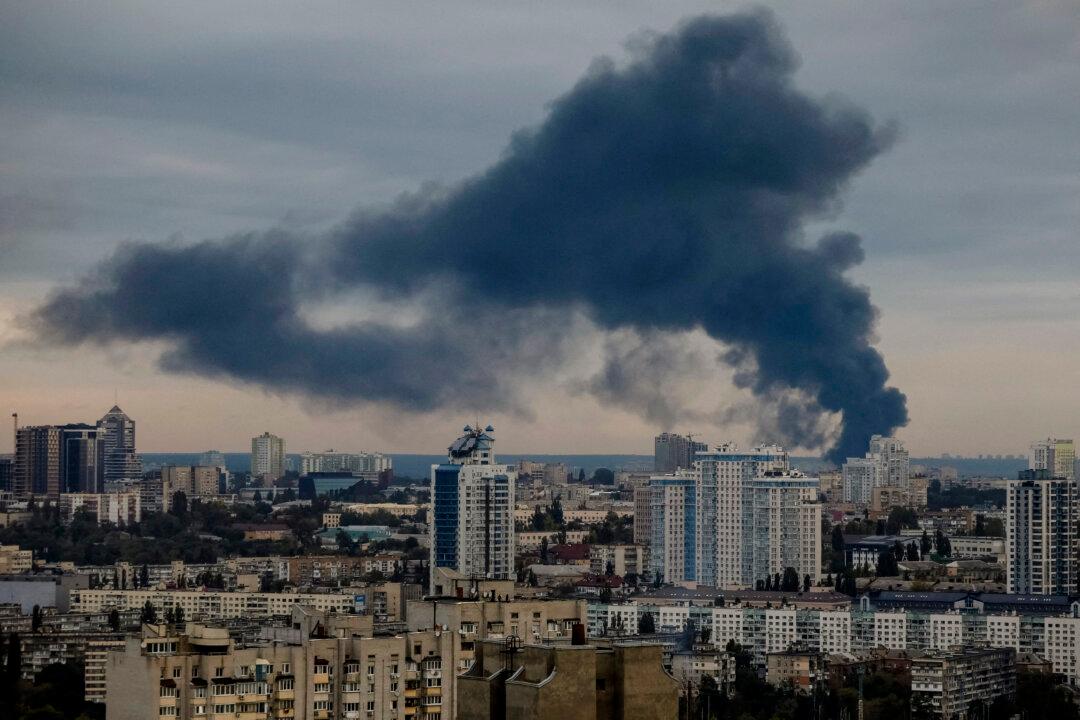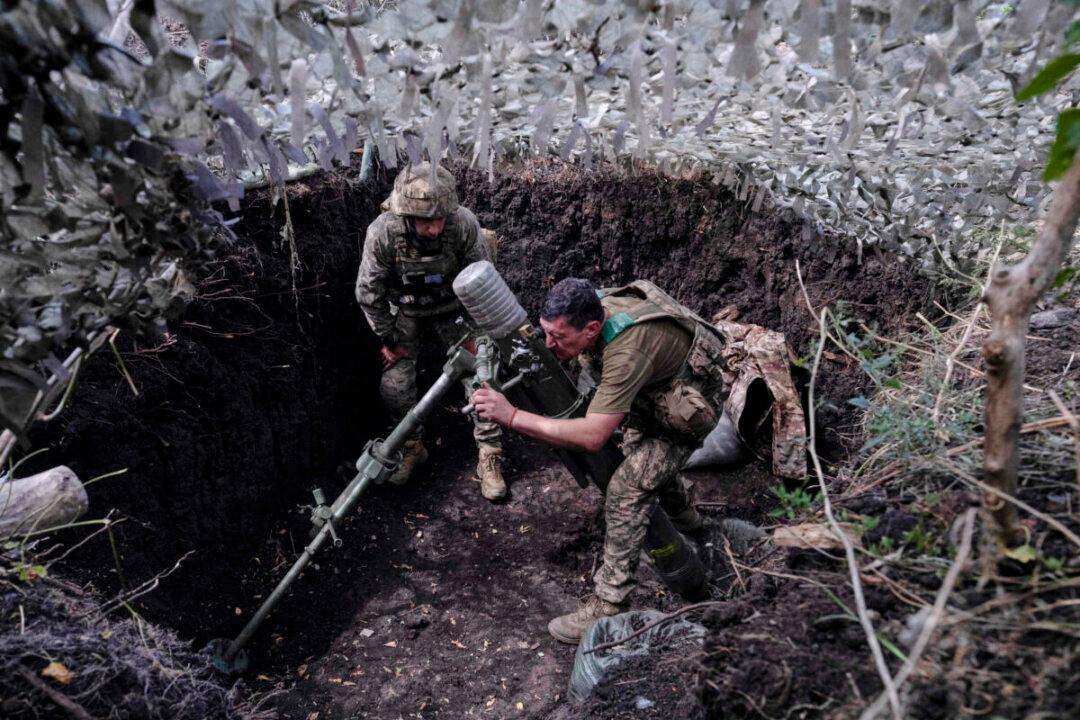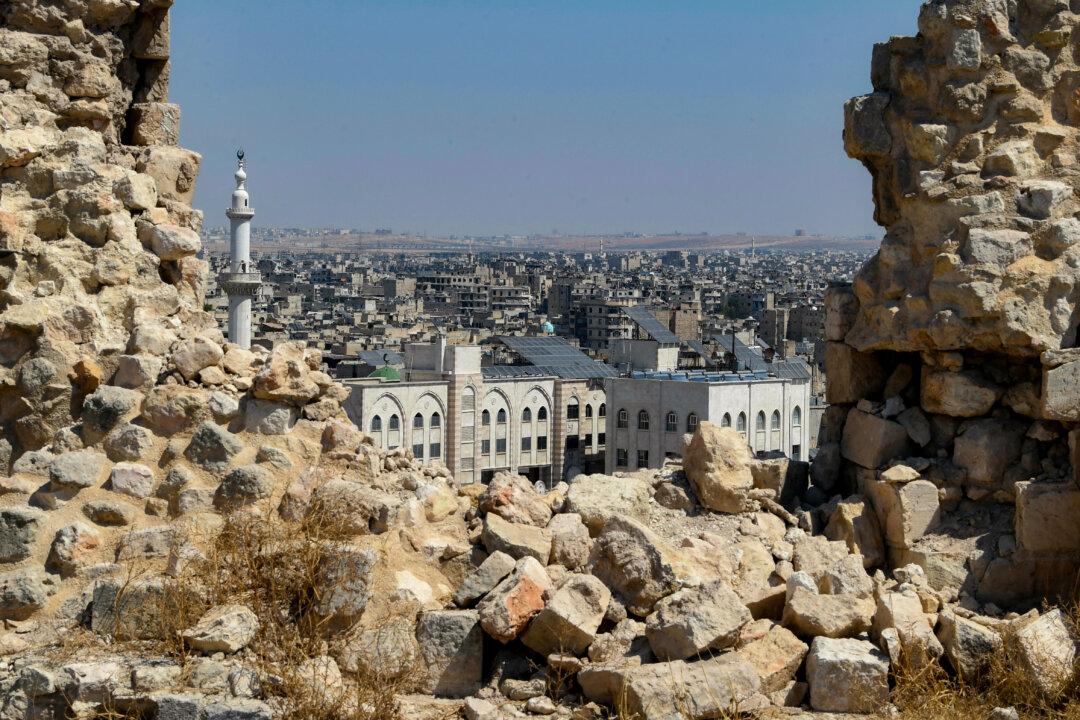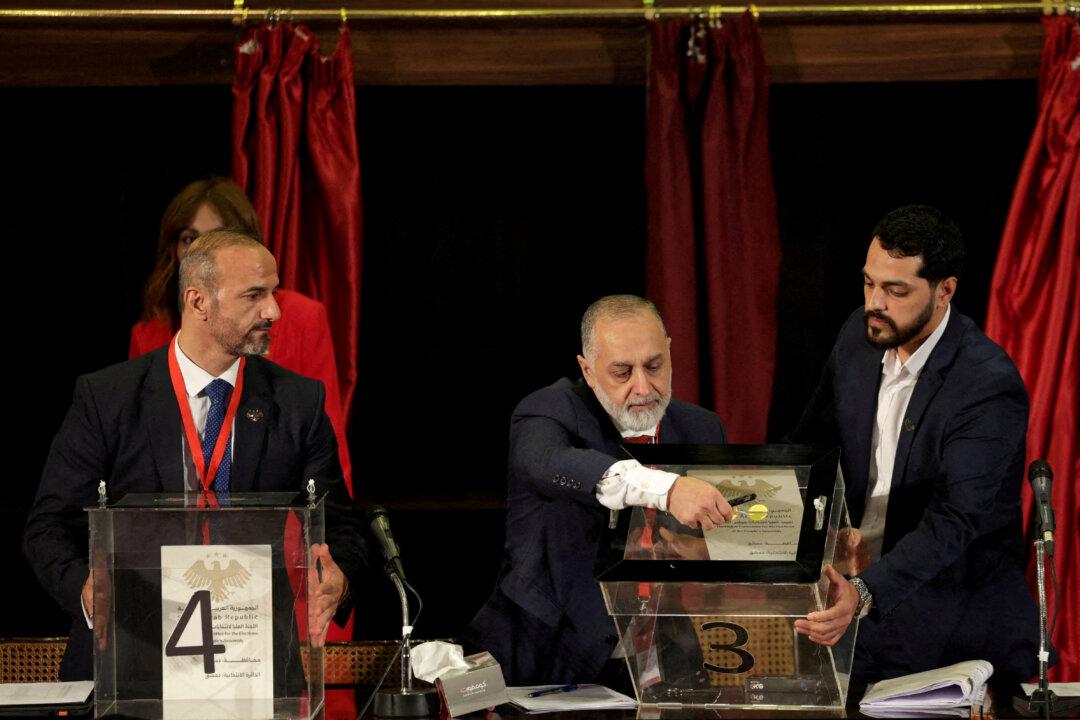Referendums being held in four Russian-held regions of Ukraine entered their fourth day on Sept. 26, amid continued denunciations by Western nations that the move represents the de facto “annexation” of the territories by Russia.
The polling, which began on Sept. 23, will decide whether residents of the Ukrainian regions of Donetsk, Luhansk, Kherson, and Zaporizhzhia want to remain in Ukraine or join the Russian Federation.
